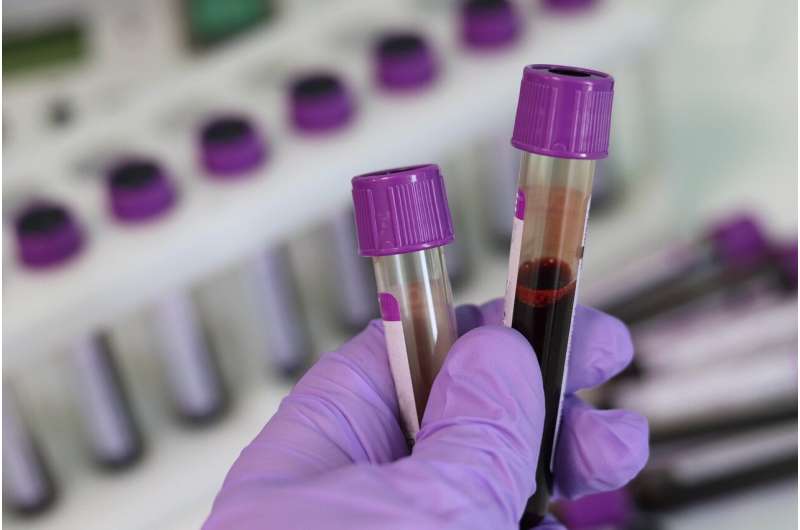Cybersecurity Risks of Large Language Models in Radiology: A Special Report

A new report explores cybersecurity vulnerabilities in large language models used in radiology and highlights the importance of implementing security measures to protect patient data and clinical workflows.
In a comprehensive new report published in Radiology: Artificial Intelligence, experts highlight the growing cybersecurity threats associated with the use of large language models (LLMs) in radiology and healthcare. As AI tools like OpenAI's GPT-4 and Google's Gemini become more embedded in medical workflows, ensuring their security is paramount.
LLMs, which are capable of understanding and generating human language, are transforming many aspects of healthcare. They assist in clinical decision support, patient data analysis, drug discovery, and improving communication between healthcare providers and patients by simplifying medical terminology. Across the industry, efforts are underway to integrate these advanced language models into daily medical practices.
However, the report emphasizes that the rapid adoption of LLMs brings significant security challenges. Malicious actors can exploit vulnerabilities to access sensitive patient information, manipulate AI outputs, or disrupt clinical workflows through techniques such as data poisoning or inference attacks. These vulnerabilities are not only tied to the AI models themselves but also extend to the broader ecosystem, including insecure deployment environments, which could lead to data breaches, information manipulation, or even installation of malicious software in radiology systems.
Cybersecurity risks in healthcare LLM deployment include vulnerabilities like introducing malicious data during training, bypassing security protocols, and infrastructure attacks that could interfere with image analysis or compromise patient data. The report underscores the importance of thorough risk assessment and the implementation of robust security measures before integrating LLMs into clinical settings.
To mitigate these threats, healthcare institutions are advised to adopt strong cybersecurity practices. These include using strong passwords, enabling multi-factor authentication, maintaining updated software, deploying secure environments, encrypting data, and continuously monitoring model interactions. It is also crucial to vet and approve AI tools through established IT protocols and anonymize sensitive information used during interactions.
Training healthcare staff regularly on cybersecurity best practices is vital, similar to radiation safety training in radiology. Patients should be informed about potential risks but can be reassured that ongoing efforts and regulations are aimed at safeguarding their data.
As Dr. Tugba Akinci D'Antonoli, a neuroradiology fellow, notes, "While the integration of LLMs offers great potential to enhance patient care, understanding and addressing cybersecurity vulnerabilities is essential. Proactive measures today will help secure the future of AI in healthcare."
In conclusion, as the healthcare sector increasingly relies on AI, especially LLMs in radiology, it is imperative to prioritize cybersecurity to protect sensitive data and ensure safe, effective patient care. Ongoing advancements and stricter regulations are key to addressing these evolving threats.
More information: Cybersecurity Threats and Mitigation Strategies for Large Language Models in Healthcare, Radiology Artificial Intelligence (2025).
Stay Updated with Mia's Feed
Get the latest health & wellness insights delivered straight to your inbox.
Related Articles
Regular Sexual Activity Linked to Reduced Pain and Discomfort in Midlife Women: New Research
New research shows that regular sexual activity in women aged 40-79 may help reduce pain, irritation, and dryness associated with menopause, improving overall sexual health and quality of life.
Increased Risk of Mortality Linked to Sleep Deprivation in Elderly Patients with Epilepsy
Sleep deprivation significantly increases the risk of death among older adults with epilepsy, highlighting the need for routine sleep assessments in this vulnerable group.
Promising Results for Oveporexton in Enhancing Wakefulness in Narcolepsy Type 1
Oveporexton shows potential as a safe and effective treatment to improve wakefulness and reduce cataplexy in narcolepsy type 1, with ongoing clinical trials to confirm its benefits.
Experts Warn That Prostate Screening Practices May Not Benefit Those Most in Need
New research investigates PSA testing practices in England, revealing overtesting and disparities that could lead to unnecessary treatments and increased healthcare costs. Experts call for clearer, evidence-based screening guidelines to enhance patient outcomes.



